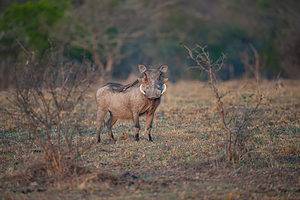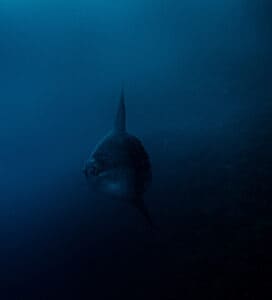The Beluga Sturgeon is a large and long-living species of freshwater fish that is native to the temperate waters of the Caspian Sea and the Black Sea. Although the Beluga Sturgeon shares it’s name with the more famous Beluga Whale, the two species are unrelated with the name Beluga coming from the Russian word for white.
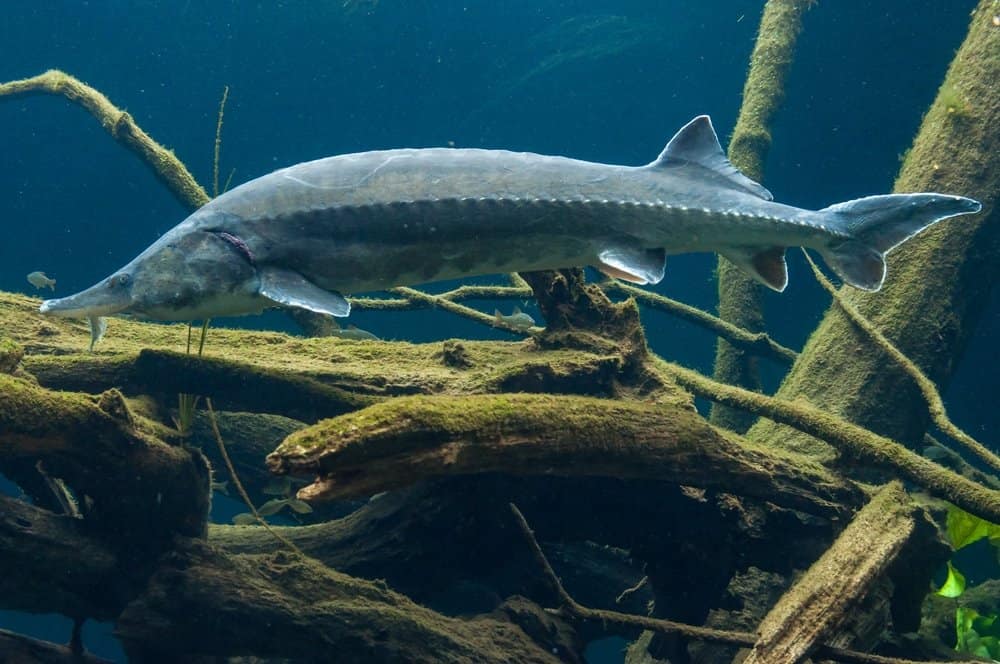
The Beluga Sturgeon lives in the temperate waters of the Caspian Sea and the Black Sea.
©Mick Rush/Shutterstock.com
The Beluga Sturgeon is the largest species of freshwater fish in the world with some individuals growing more than 7 meters long and weighing nearly 1.5 tons. They are also able to live for more than 100 years but this means that they are slow-maturing and often won’t reach sexual maturity until they are in their twenties.
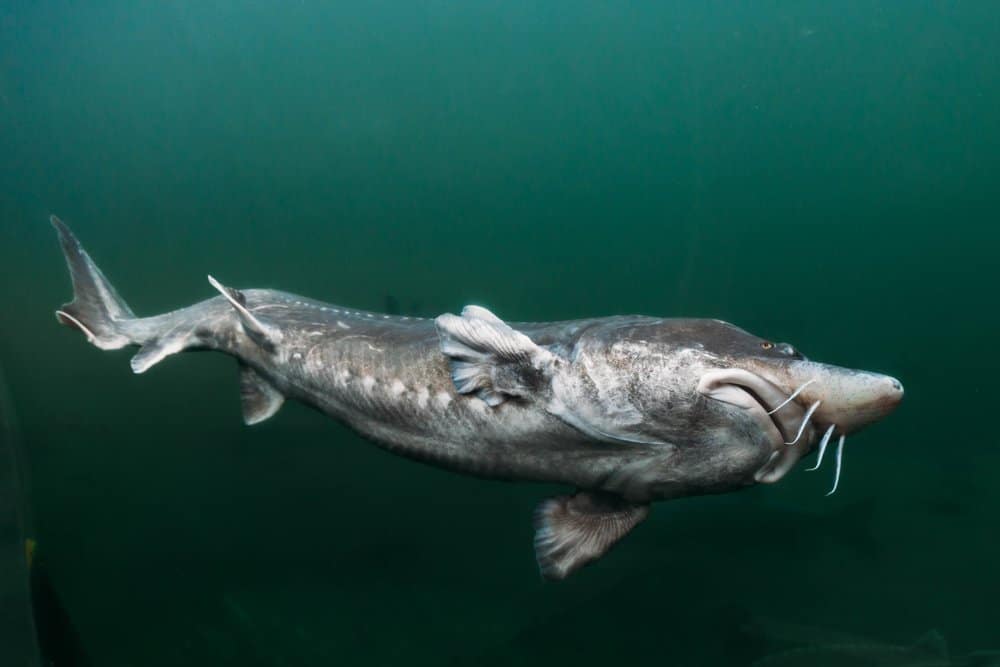
The Beluga Sturgeon can grow to be more than 7 meters long and weigh nearly 1.5 tons.
©Olga Alper/Shutterstock.com
Today however, it is very rare to find such large individuals as the average size of Beluga Sturgeons caught now tends to be between 1.5 and 4 meters. Females are larger than their male counterparts and it is these girls that have been the centre of culinary attention for some time… Beluga Sturgeon caviar is a global delicacy.
Selling for an average of 7,000 USD per kilo, Beluga Sturgeon caviar is highly sought after but sadly their meat is not, meaning that these freshwater giants are simply killed for their eggs. It is the exploitation of the Beluga Sturgeon for caviar that has led to a decline of more than 90% in it’s population numbers since 1950.

Beluga Sturgeon caviar is considered a delicacy, causing the overexploitation of these fish mainly for their eggs.
©Subbotina Anna/Shutterstock.com
Nowadays, the Beluga Sturgeon is listed by the IUCN as an animal that is Critically Endangered in the wild. Although the importation of Beluga caviar is banned is some places, unrealistically high annual harvest quotes continue to threaten the species in it’s natural environment. Some estimates suggest that the species could be extinct in the wild in the next 20 years.
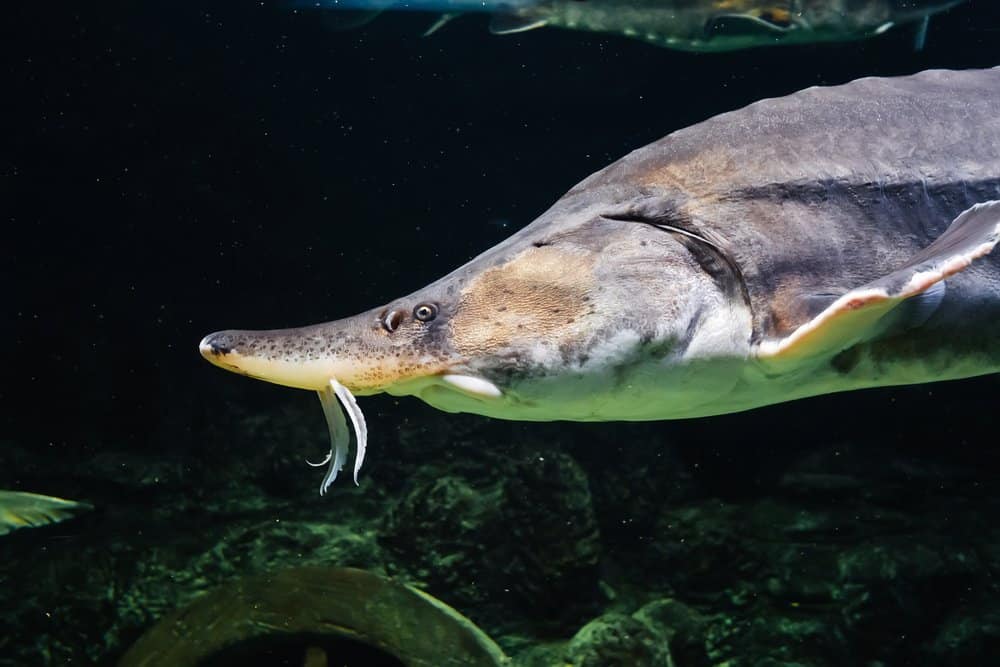
The Beluga Sturgeon is now classified as Critically Endangered in the wild.
©alexkoral/Shutterstock.com
Next Up…
- Goodbye River Monsters: Scientists Declare Two of the World’s Larger Freshwater Fish Extinct: The number of endangered, critically endangered and extinct species are growing everyday. Find out which largest species of fish have now gone extinct.
- Critically Endangered Species: Here is a list of endangered species that are on the verge of becoming extinct. Read and find out how you can help them.
- Do Dangerous Fish Live in the Great Lakes?: There are many things that we are yet to find out about nature. Could there be danger lurking under the Great Lakes? Lets find out.
The photo featured at the top of this post is © Максим Яковлєв / CC BY-SA 4.0 – License / Original
Sources
- David Burnie, Dorling Kindersley (2011) Animal, The Definitive Visual Guide To The World's Wildlife
- Tom Jackson, Lorenz Books (2007) The World Encyclopedia Of Animals
- David Burnie, Kingfisher (2011) The Kingfisher Animal Encyclopedia
- Richard Mackay, University of California Press (2009) The Atlas Of Endangered Species
- David Burnie, Dorling Kindersley (2008) Illustrated Encyclopedia Of Animals
- Dorling Kindersley (2006) Dorling Kindersley Encyclopedia Of Animals
Thank you for reading! Have some feedback for us? Contact the AZ Animals editorial team.



